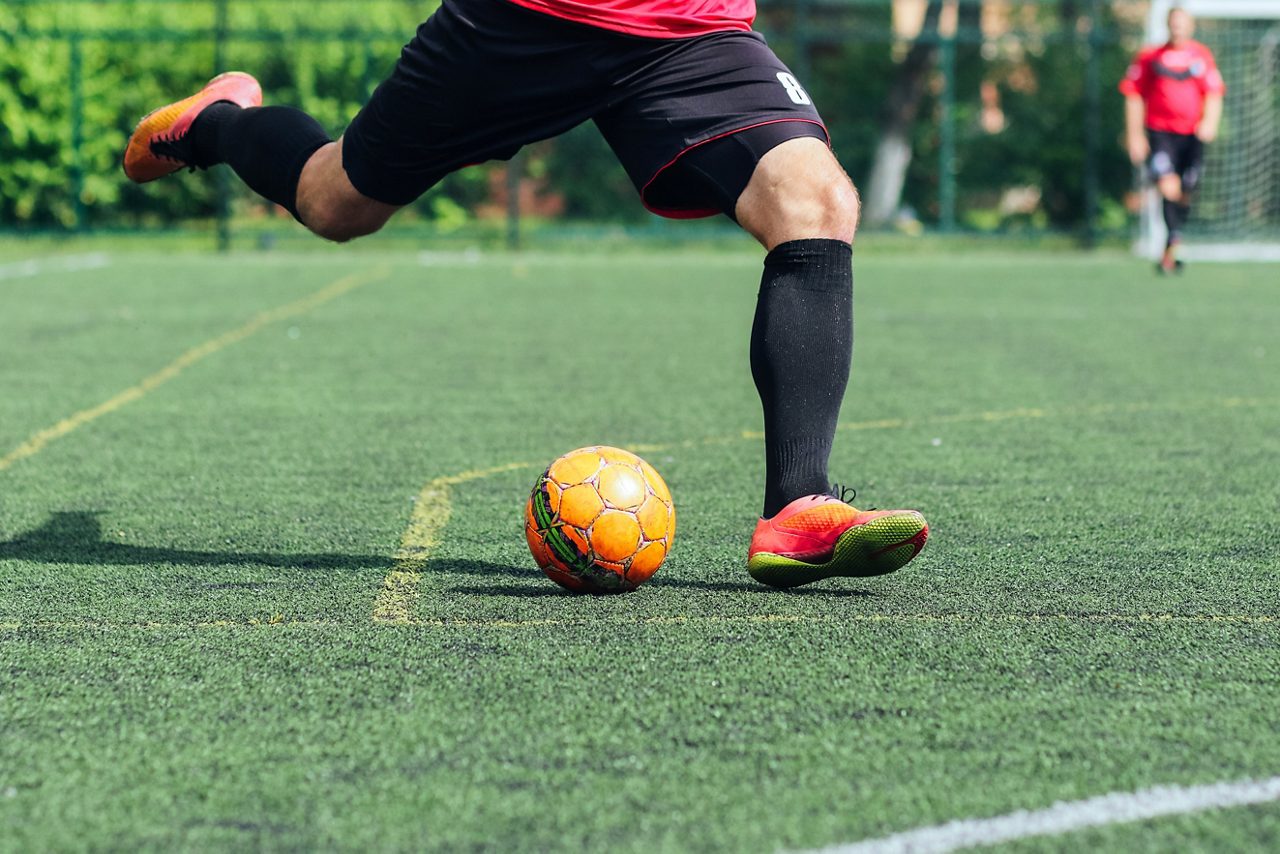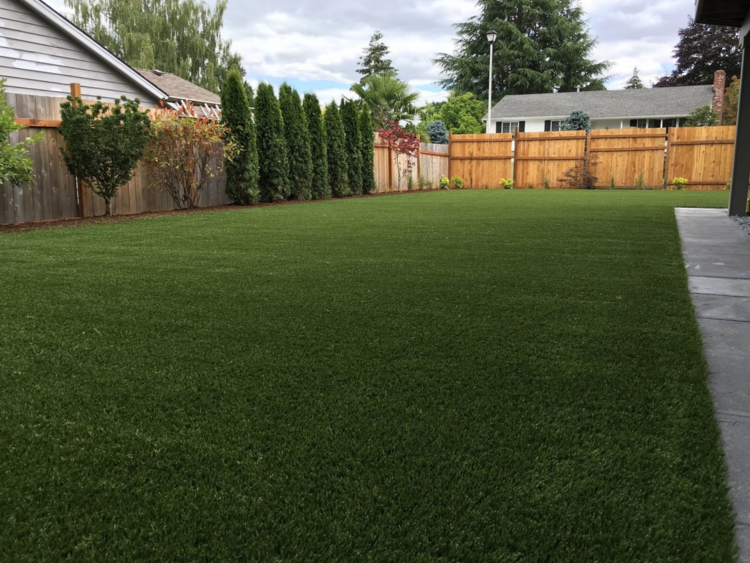Top-Grade Arizona Turf Options for a Stunning and Green Landscape
Top-Grade Arizona Turf Options for a Stunning and Green Landscape
Blog Article
See Why Homeowners Prefer Artificial Lawn for Lasting Landscape Design Practices
As homeowners increasingly prioritize sustainability in landscaping, synthetic grass has emerged as a compelling option to conventional turf. Its capability to save water, decrease maintenance efforts, and minimize environmental influence placements it as a sensible selection for those looking for eco-friendly remedies. The aesthetic appeal and versatility of fabricated lawn cater to diverse layout preferences. The effects of this change extend past mere ease and looks, triggering a more detailed assessment of how these selections influence more comprehensive environmental end results. What stays to be discovered is the full extent of benefits that fabricated grass can supply to property owners and the setting alike.
Water Preservation Advantages
One of the most substantial benefits of artificial turf is its role in water conservation. In contrast, artificial turf eliminates this demand entirely, as it does not require watering.
Moreover, the installment of synthetic grass can add to an extra lasting landscape. Home owners can dramatically decrease their water costs, enabling for reallocation of resources to other environmental initiatives or household usages. In addition, synthetic grass is created to stand up to different weather conditions without the need for supplemental watering, making it an ideal selection for areas dealing with water scarcity.
The environmental advantages prolong beyond immediate water financial savings. By minimizing water usage, synthetic grass assists to reduce the impacts of climate modification, protecting crucial ecological communities that are endangered by extreme water removal. As lasting landscape design methods gain traction, man-made lawn becomes an accountable choice for property owners looking for to produce environment-friendly outdoor areas.
Lowered Maintenance Initiatives
Artificial grass considerably decreases maintenance initiatives contrasted to traditional grass lawns. With man-made grass, property owners can eliminate the time-consuming tasks related to natural landscape design, such as mowing, feeding, and weeding. This not just conserves beneficial time however also reduces physical labor, making lawn treatment obtainable for individuals of all ages.
Standard grass require constant cutting to preserve an aesthetically pleasing elevation, whereas man-made lawn continues to be consistently rich without the requirement for cutting. Furthermore, property owners no longer need to use plant foods or pesticides, which are typically needed to maintain natural yard healthy and balanced.
In addition, synthetic grass is sturdy and resistant, needing minimal maintenance past occasional cleaning and washing to eliminate debris. This simplicity of maintenance allows homeowners to appreciate their outdoor rooms without the continuous concern of upkeep, giving even more time for leisure and household tasks. Eventually, the decreased upkeep initiatives related to artificial lawn make it an enticing choice for those looking for a low-maintenance, aesthetically appealing landscape.

Environmental Impact Reduction
There is an expanding acknowledgment of the ecological advantages related to synthetic grass, especially in terms of water preservation and lowered chemical use. Typical lawns call for considerable quantities of water, especially in drought-prone regions, causing raised strain on regional water resources. In contrast, fabricated grass eliminates the need for watering, considerably minimizing water usage and advertising sustainability.
Furthermore, standard lawn upkeep usually entails the application of pesticides, fertilizers, and herbicides, which can contribute to soil and water contamination. Man-made turf mitigates this environmental hazard by needing very little maintenance and practically removing the requirement for hazardous chemicals. This not just enhances soil health and wellness however additionally protects local ecosystems from toxic drainage.
Additionally, the manufacturing of all-natural yard lawns commonly includes making use of fossil fuels for mowing and landscape design devices, additional adding to greenhouse gas exhausts. By selecting synthetic grass, property owners can dramatically lower their carbon footprint associated with lawn care activities.
Aesthetic Charm and Convenience
In addition to its ecological benefits, synthetic grass provides considerable visual allure and adaptability for landscaping. Home owners can attain a lush, eco-friendly look year-round, removing the seasonal changes generally related to all-natural turf. This consistent aesthetic not just enhances the aesthetic allure of a residential or commercial property however also contributes to a properly maintained and polished look.
Furthermore, fabricated turf is readily available in a range of structures, designs, and shades, permitting for personalization to match private preferences and design themes - Artificial turf companies phoenix. Whether utilized in household gardens, business spaces, or entertainment locations, it can flawlessly integrate into diverse landscape design designs, from modern minimal to lavish tropical setups
The versatility of synthetic grass expands past mere look; it can be set up in different places, including roofs, patios, and also indoor spaces, producing possibilities for unique landscape design options. Furthermore, it is suitable for a series of activities, from children's play locations to pet-friendly environments, offering functionality without jeopardizing Home Page design.
Ultimately, the aesthetic charm and versatility of synthetic grass make it an appealing option for property owners looking for sustainable landscaping services that do not sacrifice elegance for environmental responsibility.

Long-Term Price Financial Savings
One of one of the most compelling pop over to this site benefits of synthetic grass is its capacity for lasting expense financial savings. Unlike all-natural yard, which calls for normal upkeep-- consisting of mowing, watering, feeding, and insect control-- synthetic lawn considerably reduces these recurring expenditures. Home owners can conserve a substantial quantity on water costs, specifically in areas where water deficiency is a pressing concern. The elimination of lawn treatment services additionally contributes to monetary savings, as there is no demand for specialized equipment or labor.
Furthermore, fabricated turf has a life-span of 15 to 25 years, depending upon its top quality and use. This durability lessens replacement prices, making it a much more affordable option over time. The initial financial investment in fabricated grass can often be recovered through the cost savings accrued over time.
While the ahead of time expense may appear greater compared to sod setup, the collective financial savings from reduced upkeep and water use often exceed these preliminary expenditures. Inevitably, the fostering of man-made turf not only advertises a sustainable landscape design solution however additionally provides house owners an economically wise alternative that aligns with long-term budgeting goals.
Conclusion
Synthetic turf emerges as an engaging alternative for sustainable landscaping, supplying considerable benefits in water preservation, lowered upkeep efforts, and reduced environmental effect. As neighborhoods significantly focus on environmentally pleasant practices, the adoption of artificial grass stands for a dynamic step towards achieving durable and lasting landscapes.
In addition, artificial turf is developed to endure numerous climatic problems without the need for additional watering, making it an excellent option for areas dealing with water shortage. (Arizona artificial turf)

Synthetic turf arises as an engaging choice for sustainable landscape design, using substantial benefits in water conservation, minimized upkeep efforts, and decreased ecological influence.
Report this page